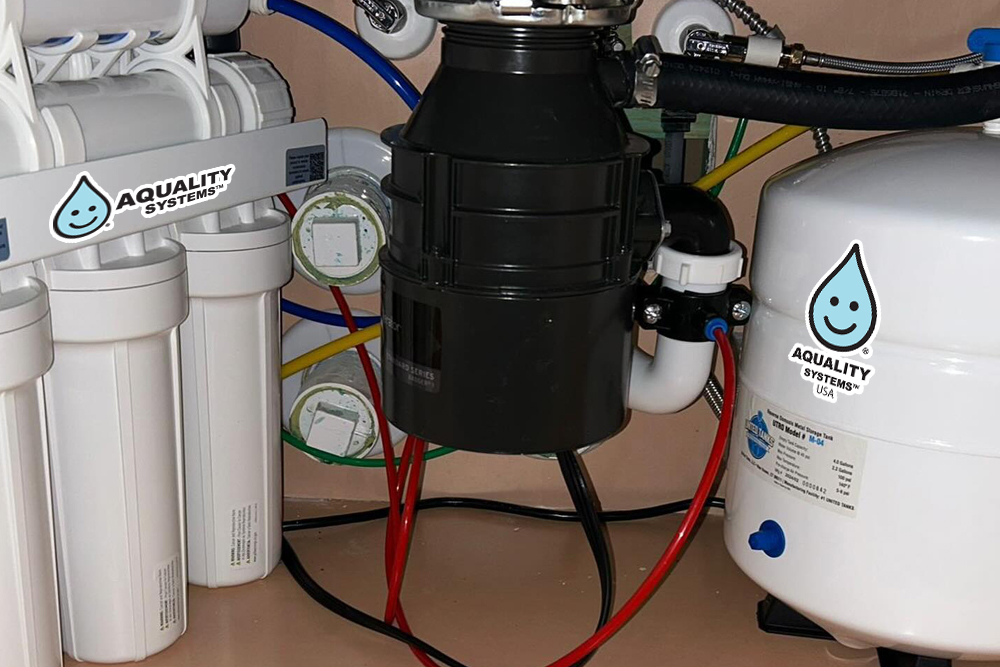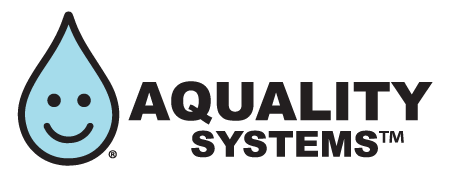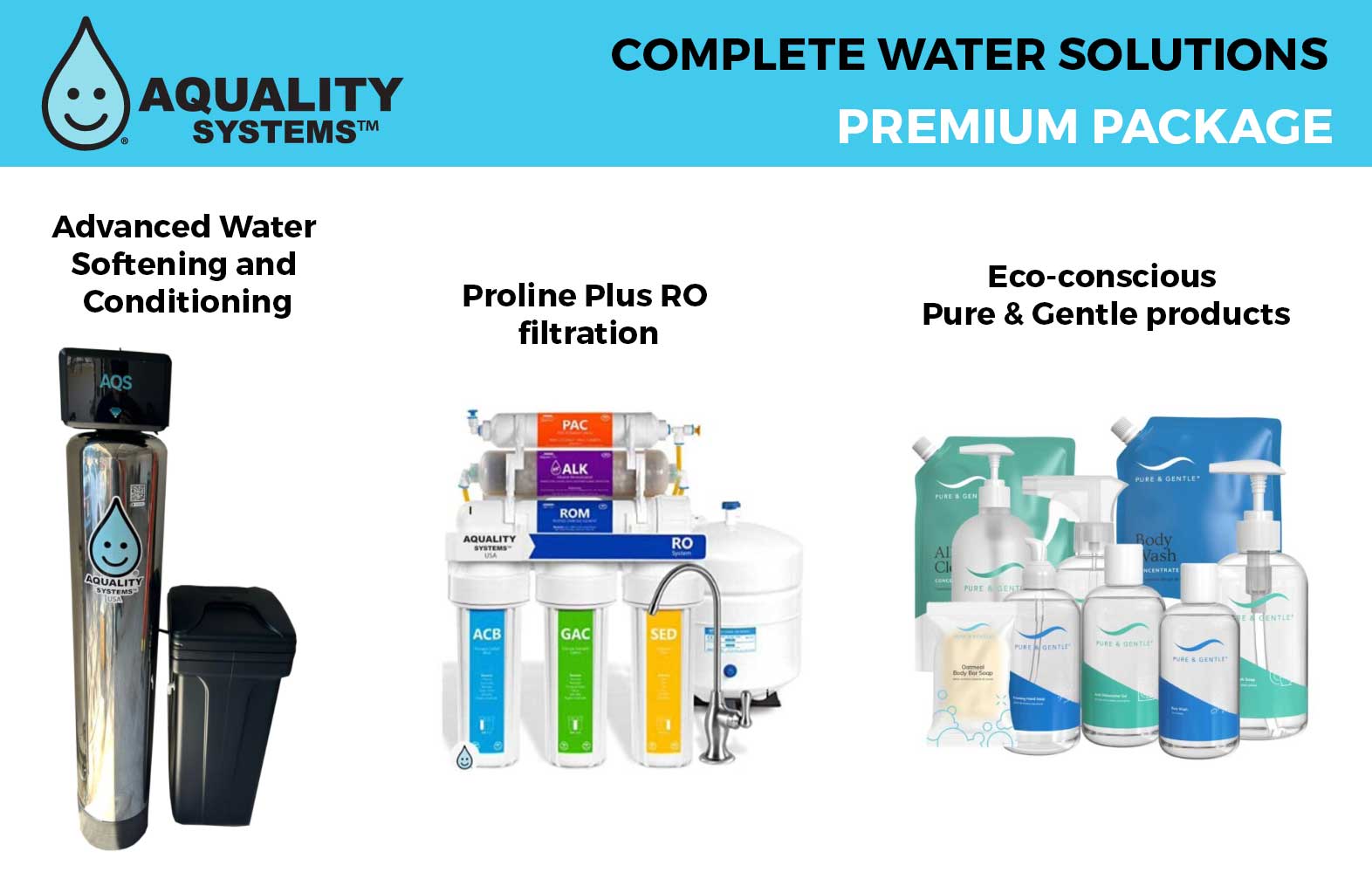
Home water treatment is essential for ensuring safe, clean drinking water. Contaminants like chlorine, heavy metals, and bacteria can affect your health, but the right filtration system can help. Choosing the right home water treatment system is crucial for ensuring your family drinks safe and clean water.
1. Introduction: The Importance of Home Water Treatment
Begin by emphasizing the significance of clean water for health and daily living. Highlight potential contaminants in tap water and their possible effects on health and home appliances.
2. Identify Your Water Source and Its Quality
Encourage readers to:
- Determine Their Water Source: Whether it’s municipal supply or a private well.
- Obtain a Water Quality Report: For those on public water systems, accessing the Consumer Confidence Report (CCR) is essential.
- Conduct Independent Testing: Especially crucial for private wells or if there are specific concerns about contaminants.
3. Common Contaminants and Their Health Impacts
Provide a detailed overview of typical contaminants:
- Microorganisms: Bacteria, viruses, and parasites.
- Heavy Metals: Lead, arsenic, mercury.
- Chemicals: Pesticides, chlorine, pharmaceutical residues.
- Physical Impurities: Sediments, rust, and other particulates.
Discuss the health implications of each and how they can affect household systems.
4. Setting Your Water Treatment Goals
Guide readers to:
- Identify Specific Concerns: Taste, odor, staining, health risks, etc.
- Prioritize Contaminants to Address: Based on health risks and personal preferences.
5. Overview of Water Treatment Solutions
Present various treatment methods:
- Filtration Systems: Activated carbon filters, reverse osmosis units, and their effectiveness against specific contaminants.
- Water Softeners: Addressing hard water issues caused by minerals like calcium and magnesium.
- Ultraviolet (UV) Purifiers: Effective against bacteria and viruses.
- Distillation Units: Removing a broad range of contaminants through boiling and condensation.
6. Point-of-Use (POU) vs. Point-of-Entry (POE) Systems
Explain the differences:
- POU Systems: Treat water at specific locations, such as kitchen faucets.
- POE Systems: Treat all water entering the home, ensuring every tap dispenses treated water.
7. Selecting the Right System for Your Home
Offer guidance on:
- Assessing Household Water Usage: Understanding daily consumption to choose an appropriately sized system.
- Budget Considerations: Initial investment, maintenance costs, and filter replacement expenses.
- Certification and Standards: Ensuring products meet recognized standards, such as those from NSF/ANSI.
8. Maintenance and Upkeep
Stress the importance of:
- Regular Filter Replacements: Following manufacturer guidelines to maintain system efficiency.
- Periodic System Checks: Ensuring all components function correctly and addressing issues promptly.
9. Conclusion: Investing in Your Health and Home
Reiterate the benefits of a tailored water treatment system, emphasizing long-term health advantages and potential cost savings from protecting appliances and plumbing.
Additional Tips:
- Visual Aids: Incorporate diagrams showing different systems and their installation points.
- Case Studies or Testimonials: Share real-life examples of households benefiting from specific water treatment solutions.
- Interactive Elements: Provide tools like a water usage calculator or a quiz to help readers determine the best system for their needs.



